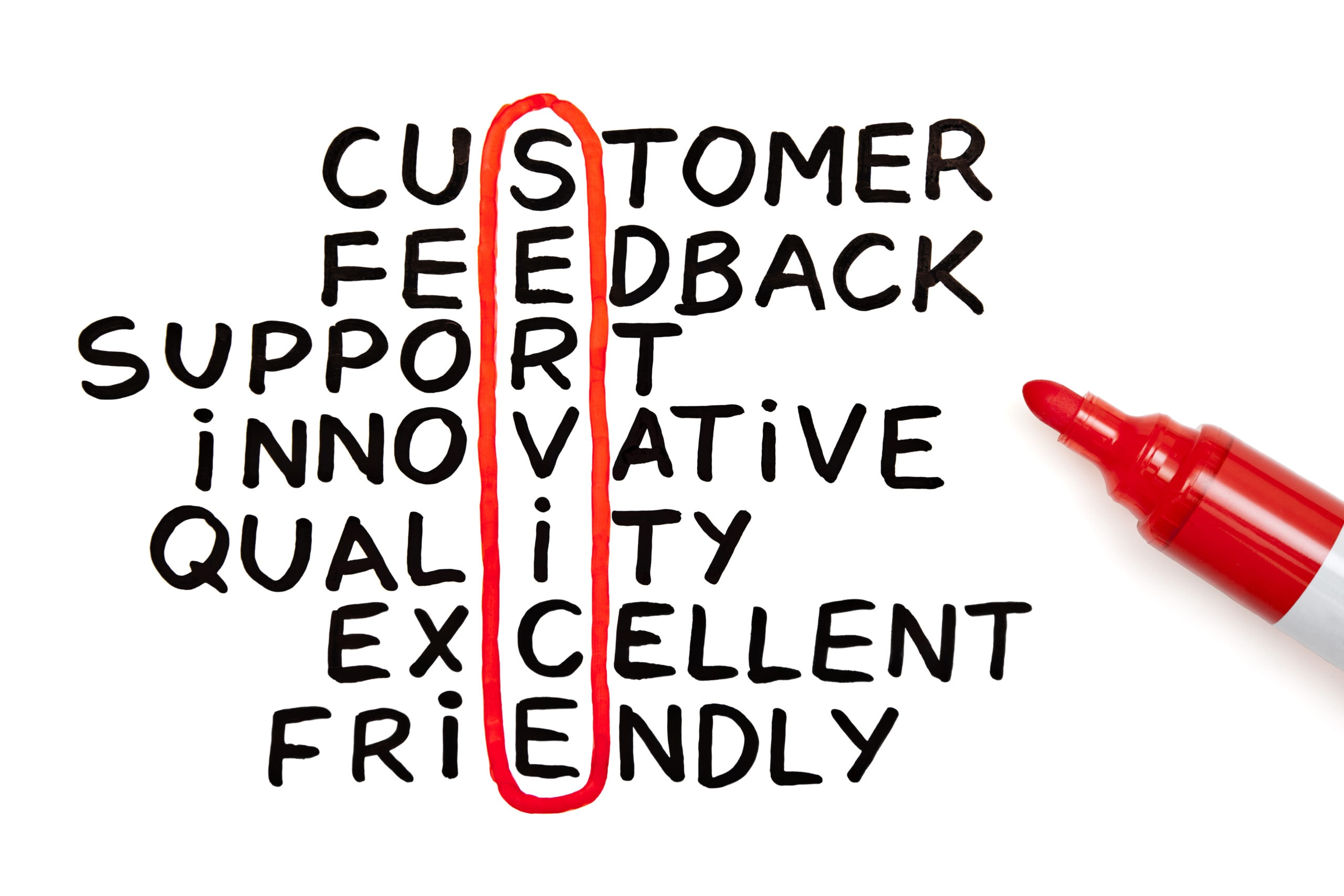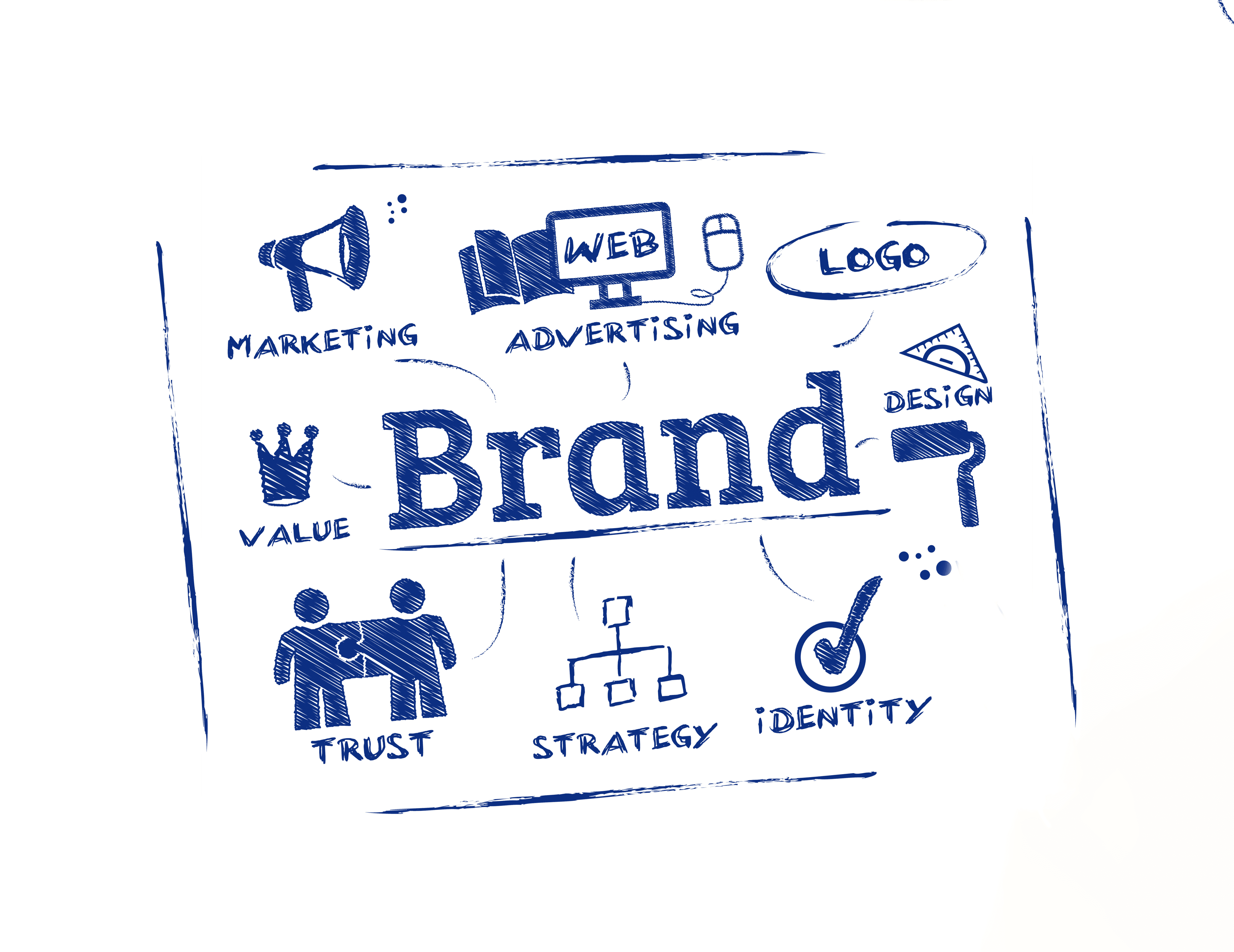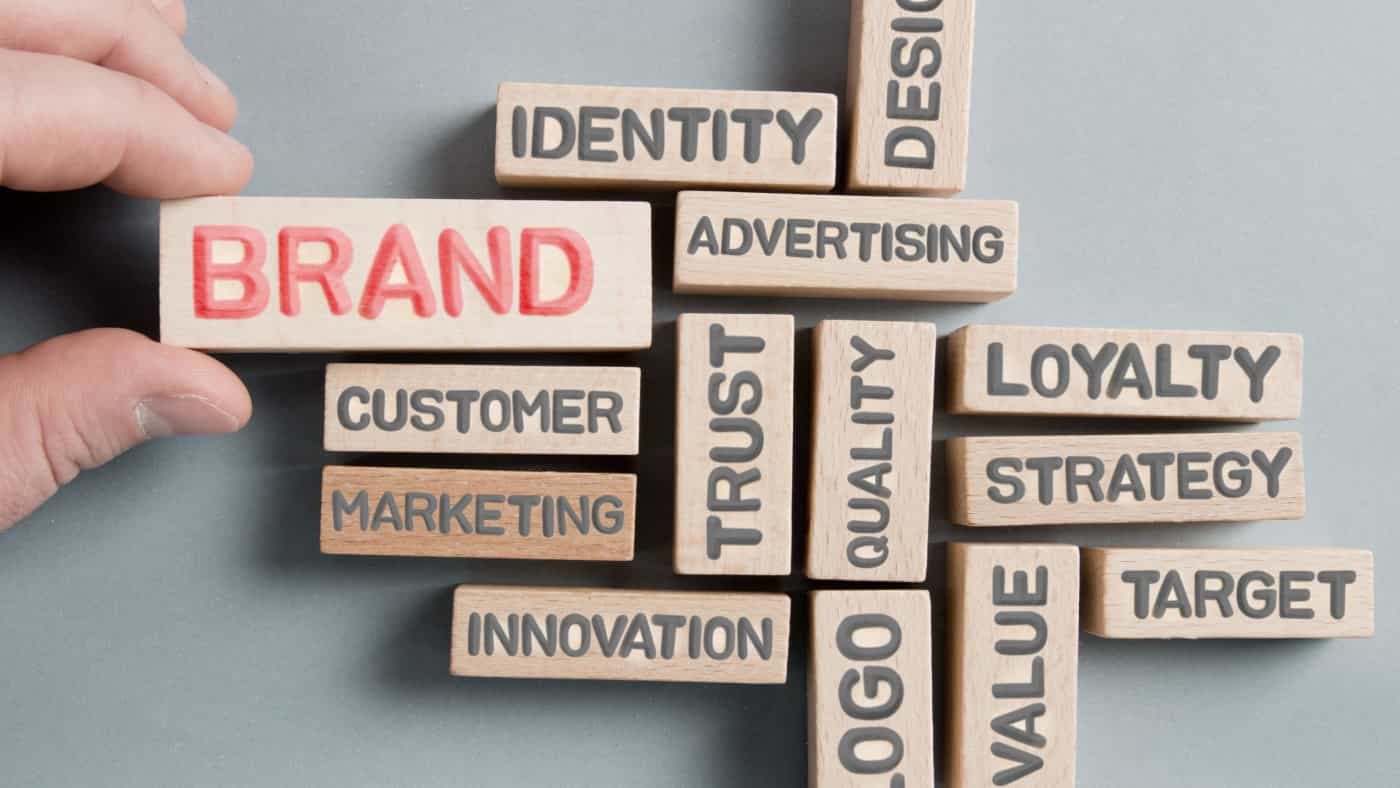
Nonprofit organizations know the importance of personalized direct mail. Most likely, you are already personalizing your mailers by the donor’s name, giving history, and often household income. But are there other data points that could help? Here are some exciting statistics that, while they may not all apply to your organization, illustrate how important it is to know as much as possible about your donors. You never know what data might be vital to increasing their support.
1) Should you be targeting Millennials? Not necessarily. Millennials (those born 1981–1995) are more socially-minded than older generations, but does this mean they are a fundraising gold mine? Actually, no.According to Blackbaud, Millennials aren’t significant givers. On average, they give $481 per year, compared to $732 for Generation X and $1,212 for Boomers.
2) Mac users are more generous. On average, Mac users give $182 per donation, while PC users give $137. This reminds us that correlations related to giving can be found in the most unexpected places, so dig deep!
3) Add video. According to Olgive, 57% of people who watch a nonprofit video will ultimately donate. Use print-to-mobile tools like QR Codes and augmented reality to enable donors to feel more personally connected to your cause.
4) Be mobile-friendly. According to Nonprofits Source, 51% of people visit nonprofit websites on mobile devices. Even if you send your appeals through the mail, make sure your website is optimized to look fantasticregardless of what device people use to access it.
5) Don’t overlook lower-income households. If you think the more money someone has, the more likely they will reach into their pockets, you’d be wrong. In one survey, households making $25,000 per year gave an average of 12.8% of their annual income to charity. This is the highest percentage (and nearly double that) of any other income demographic.
All of this points to the need for more and better data. Every nonprofit’s donor base will look and act differently, so before mailing out that appeal, invest the time to understand yours.

When two companies offer similar products, what differentiates one from another? It’s more than price. When it comes right down to it, there is something even more important. It’s the customer experience.
While “customer experience” can be an overused buzzword, there is a lot of truth behind its importance. At lunchtime, for example, there might be a deli right down the street that makes the best pastrami on rye in the entire country, but if the floor is dirty and the people behind the counter are snarky and rude, it doesn’t matter. You’ll go somewhere else.
The same occurs at the retail level. Take the example of Nordstrom’s, which has been regularly praised by the National Retail Foundation as both setting and raising the standard for customer experience. Nordstrom customers know that when they shop at one of its stores, they will not only find premium merchandise, but they will be treated with value. From their interaction with employees to the chain’s policies designed to enhance speed and convenience, shoppers may buy the same merchandise at other high-end retailers, but they won’t be treated the same way.
Customer experience matters. With so many brands competing for the same customer dollars, experience can become the main differentiator between one company and the other. Not just in a positive way, but in a negative way, as well. In fact, Microsoft found that 58% of American consumers will switch companies because of poor customer service.
That’s why we put so much emphasis on customer experience at ImageMark. We hope that, when you interact with any of our team members, you feel that we really care.
- From how you are greeted when you first contact us, to how promptly and professionally your estimate is handled, we hope that you feel respected and valued from the very first moment.
- If you have questions, we hope our salespeople and customer service team answer those questions promptly and offer suggestions genuinely designed to benefit your business and marketing plans, whether they improve our bottom line or not.
- When things go wrong, we hope that you know that we will take full responsibility for anything that is on us, and we will make it right, no matter what it takes.
- We hope that you do business with us, not just because of the value we offer in print and marketing services, but because you feel that you matter to us and that we value the projects you are doing.
If there is any area in which your customer experience falls short, let us know! We want to exceed your expectations because we know that, even though we take great pride in the print and marketing services we offer, a great customer experience is the greatest value we can provide.

For B2B marketers, integrating brand identity into marketing and sales collateral can be a real challenge. According to Provoke Insights, there are three main reasons:
1. 60% cannot ensure that brand assets will meet brand standards.
2. 31% lack brand standards.
3. 24% have no centralized library of approved brand assets.
Marketing solutions within reach!
Technology makes it easy to set up an online portal for all of your brand assets, along with a library of brand-approved templates for your most-ordered projects. Add rules for who can access which assets, which assets will be locked down, and how approvals will be handled, and brand management becomes a breeze.

Increasingly, marketers understand the power of emotions. Product features and benefits are essential, but someone’s need, fear, or desire often motivates the actual purchase. Just look at some of the most iconic brands on the market. Johnson & Johnson doesn’t sell Band-Aids based on their adhesive properties. It shows a crying child being soothed by a loving parent. Nike doesn’t sell shoes based on the resilience of its soles. It shows athletes overcoming obstacles and achieving greatness.
Here are three ways you can tap into emotion in your marketing.
1. Think “simple” or “complex.”
Simple sales are those for which people can make quick, easy decisions based on numbers: This product is 10% cheaper than that one. That product offers 25% more longevity than the one I have. However, with complex decisions like financial, insurance, and medical products, emotion plays a much more significant role. What makes me feel safe? How can I best protect my family long-term? When writing your product copy, think about which category your products fall into.
2. Be authentic.
Nobody likes a phony. That includes customers. Honesty makes consumers feel connected and creates trust and respect for the brand. Consider Allstate Insurance. In its 30-second slice-of-life commercials, homeowners fall prey to their humanness by opening car doors into oncoming traffic or crashing into parking lot barriers because they’re looking at their children’s birthday balloons in the rearview mirror. We’ve all done it. It feels natural and familiar. Be honest, and make your brand something people can relate to.
3. Think beyond the sale.
Show an interest in your customers and prospects beyond the sale. Drop them tips and tricks that help them with everyday problems. Create emotional engagement that transcends the immediate need. Stanley Steemer does this well. It sends a high number of direct mail pieces and emails every year. While some of these pieces are designed to sell, cross-sell, and upsell, the majority are tips for various household cleaning projects. This is information people can use whether they end up purchasing Stanley Steemer services or not.
Emotion and brand connection sell. Maybe not right away, but over time. So be honest, be relatable, and invest in your customers long-term. It takes more effort, but it pays off in the long run.

Got a silo problem? If you’re like most companies doing targeted and personalized marketing, you do. You may have plenty of customer data, but it might be in different places (silos), and these places often aren’t talking to each other. As a result, your marketing is less effective than it could be.
Here are some risks to having siloed data:
- Unhappy customers. Whenever mail gets lost because you have the wrong address, whenever a mail piece arrives with a bad name, or you offer to sell a long-term customer a product they already own, you risk alienating that customer.
- High costs. The average price of every piece of returned mail is $3 (Source: Pitney Bowes). This is not just the postage and printing. It’s the cost of the piece coming back to you, figuring out what went wrong, and taking the time to fix it.
- Lost sales. How many marketing opportunities are lost because the data on customers’ preferences and behavior is siloed in different departments? That translates into lost revenue.
Let’s look at five steps for getting rid of those silos.
1. Connect inbound mail to outbound mail.
Build in tracking mechanisms that allow you to connect the incoming to outgoing mail. This can be as simple as adding a barcode unique to each participant. When the response envelope comes in, the barcode is scanned. This connects the incoming mail to the outbound file, linking the customer information together.
2. Centralize data capture.
Centralize mail processing in one location. Capture mail coming in from marketing, sales, customer service, web forms, and anywhere else in your company.
3. Extract what you need.
Your mail contains lots of essential details that can be useful to your print and digital marketing. Extract all of the insights you can, including names, addresses, channel preferences, transaction history, and customer surveys. Input it into a centralized database that can be accessed throughout the organization.
4. Look and learn.
Assign someone with a marketing and data background to analyze your database to understand what it tells you. Contained in there are critical nuggets about customer behavior, channel preferences, and more. Need help? Just ask!
5. Put it to use.
With a closed-loop on your mail communications and a centralized, up-to-date database accessible by all departments, you have a powerful marketing tool at your disposal. Take what you can learn and use it to improve your targeted and personalized direct mail marketing or other customer communications.

If you want to know what’s working, test it. Is this recipe better than that one? Is this pair of shoes more comfortable than those? Marketing is no different. By taking a portion of your list and testing one element at a time, you can find out what works best. Even if you’ve done testing in the past, things change. It’s essential to keep testing to make sure you know what is working now.
Unbounce, a service that allows marketers to build, publish, and test landing pages, has described the impact of testing on three different companies and the lessons learned from each. Let’s take a brief look at each one.
Test #1: Great ads can get better.
SafeSoft Solutions had a slick, professional ad that was doing well. The headline promoted productivity and efficiency. It used attention-grabbing, easy-to-read bullet points to outline the benefits of its services. But the ad did not contain pricing information. SafeSoft decided to test the addition of a green starburst with its pricing inside. The result? A 100% increase in conversions.
Test #2: Not all trial offers are created equal.
For some companies, a seven-day offer might be perfect. For others, customers might need a more extended test-out period. When HubSpot split tested its trial offer, it found that prospects required more time to make a decision. By testing a 30-day trial over a seven-day trial, it was found that it could boost conversions by 110%.
Test #3: Location matters.
Does the placement of the CTA make a difference? Inbound Strategy wanted to find out. It tweaked its site’s landing page, added more information, and played with the location of the CTA. The results? When the CTA was moved from the right-hand side of the page to the left, there was a 217% increase in conversions compared to the control.
These examples have lessons for us, as well. Whether you are working with print, email, landing pages, or any other channel, you’re missing opportunities if you’re not doing split testing regularly. What insights and higher conversion rates might you be missing?

We all want to sell more products and services, and for decades, brand awareness has been the subject of research and study. Is this a good investment of your marketing dollars? To what extent does brand awareness truly influence the final purchase decision? As it turns out, quite a lot.
Here are the results from one fascinating study:
- In a blind study by the University of Newcastle and the University of South Australia, 85.5% of subjects chose the familiar brand in the first trial, even if they preferred a less familiar brand.
- Even when testing brands during an initial trial, consumers were more likely to purchase the product from a familiar brand name, even if they preferred the taste (or, by extension, the look, smell, or function) of an unfamiliar brand.
- Consumers were not only likely to choose the more familiar brand but were more likely to make the decision more quickly — 9.8 seconds faster.
What does this mean for you? Get to the consumer early. Stay in front of them and don’t quit! Repetition is critical. One statistic we regularly run across is that the average person remembers three to five brands per category. To get in there, you have to push someone else out and then stay there.
This is where consistent drips of brand messaging can pay off in a big way. Send a direct mailer and follow up with an email. Invest in retargeting with social media ads for visitors to your website. Create constant reminders of who you are and what your brand offers.
Creating brand awareness is not always about getting someone to buy right now. It’s about staying top of mind—and keeping your competitors out in the cold—so that when your target audience is ready to buy, they think of you.
Source: “Brand Awareness Effects on Consumer Decision Making for a Common, Repeat Purchase Product: A Replication” (Journal of Business Research)
